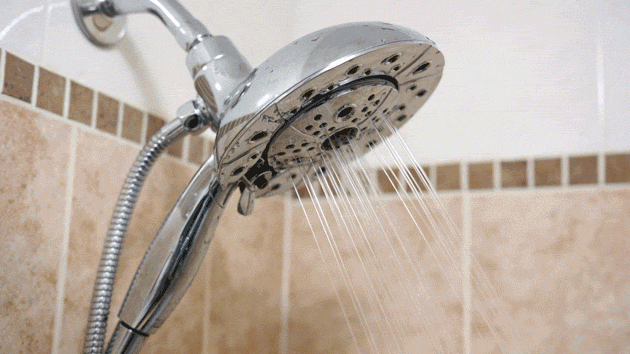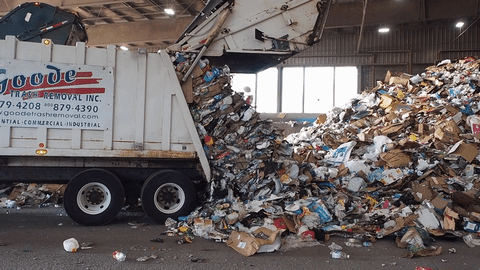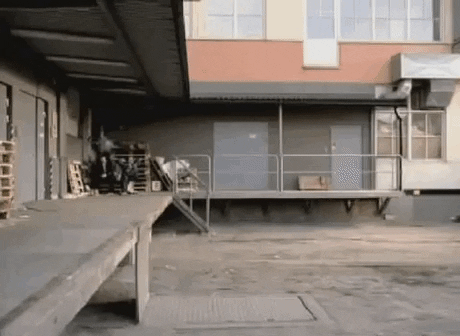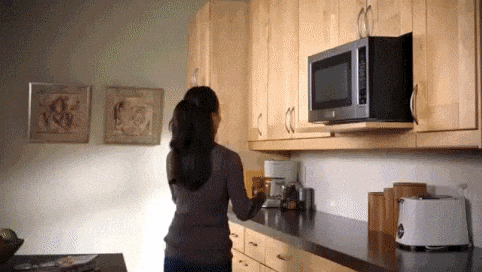September’s a better time than any for some self-improvement. Aside from workout regimens, new fad diets, and that new reading goal you set at 2 a.m., there’s a whole world of environmental adjustments we can make to our daily routine. This is more than self-improvement. It’s about baby steps in the path of world-improvement. That’s something worth bragging about, I’d say. So we’re bringing you 15 energy-conscious tips that will make your life instantly more eco-friendly at home.
1. Buy Locally

This one couldn’t be more crucial. Local farms and businesses deserve your attention. Leave monopolizing juggernauts behind and go with food grown closer to home. Take honey for example. Although pricier (a reason not to shame those who can’t afford it), local honey is healthier, tastier, and feeds right back into your immediate economy.
2. Check Your Energy Supplier

Check to see how efficient your energy supplier is, as there are options out there that are 100 percent renewable. Also known as “Green Power Suppliers” or “Clean Electricity,” these businesses can ensure you’re the most energy-efficient and eco-friendly at home as possible.
3. Adjust Your Shower Heads

If your shower head has an adjustable flow rate, change the water pressure to the lowest setting. This will minimize the amount of water you use every day. If your shower head doesn’t feature an adjustable flow rate, there are tons of options available at your nearest hardware store.
4. Cut Down on Red Meat

A quick way to reduce your personal carbon footprint is by cutting down on your red meat consumption. The livestock farming associated with red meat production can account for up to half of all human-made greenhouse gas emissions. Individual acts of being eco-friendly at home are not the ultimate solution to this global issue, but they do help.
5. Use Power Strips

Even when you’re not using your phone charger or when your lamp and mini fan are turned off, that equipment is still taking energy from the wall socket. One fix is to unplug everything on a nightly basis. But that’s an annoying and forgettable task. Plug everything into your power strip and flick the Off switch when nothing’s in use.
6. Compost Food Waste

This one might be a stretch depending on where you live and how willing you are to get a little dirty. Collect food scraps in a compost container or on bare soil. If backyard biodegrading sounds a little too close for comfort, seek our community compost collections or pickup services.
7. Install LEDs

Light-Emitting Diodes (LEDs) last on average 50,000 hours. They are far more energy efficient than CFLs, which last at most 15,000 hours, and LEDs even brighten up more quickly. Plus, they are less impacted by temperature, so they’ll last the winter in outside locations.
8. Get Your Food Delivered

This one might come as a surprise. It actually uses less energy to have groceries delivered to your house. Think of this as public transportation, but for carrots and loaves of bread instead of humans. You are what you eat in more ways than one.
9. Remember Recycling

This might sound old-school, but only 34.7 percent of Americans actually recycle. If that includes you, try to broaden the material you recycle. Take the extra step to wash things off so they’re good to go in that blue bin. Haul your electronics to a local Recycler. To find a battery drop-off, type in your ZIP code here.
10. Schedule Out Your Charging

Charge your phone and laptop while working rather than overnight. Don’t leave the charger in once you’re at 100 percent. This will also do wonders for sustaining your electronics’ battery life. Set the devices you need on your workspace, and voilà! Multi-tasking has never been easier.
11. Plant Some Trees

And flowers, and shrubs, and all the living things beautifying your property when you first moved in. Plant more. The increase in oxygen will make you happier, the shade will keep you cool, and that added privacy is a plus. Also, who wants an empty yard to stare at? Can someone say wasteland?
12. Insulate Your Home

Poorly insulated homes put your AC and heating to waste, which means a lot of wasted energy. Professional jobs cost about a dollar per square inch, plus the cost of labor. There are some DIY options, from thicker curtains and doors to rolling out carpets of unfaced insulation in your attic.
13. Reduce Plastic Use

Going to the grocery store? Bring your favorite tote bags or those leftover plastic bags in the junk cabinet. Staying hydrated? Filter your tap water and drink from a glass. Give paper or metal straws a try, and those wooden utensils. Preference boxes over bottles and bins. Use replaceable blades or disposable razors. Make your juice freshly squeezed from home. Pack food in reusable containers. The list goes on and on, so find what works for you in the pursuit of being eco-friendly at home.
14. Consider Solar Panels

A costly but effective option, solar panels will start around $12,000. But you’ll save thousands more than that after ten years. In short, they are an investment and a long-term one at that. The most important benefit of solar panels is that they are a renewable energy resource.
15. Educate Yourself

There are more than enough books on pretty much any subject. Invest in even one digestible read today so that you can educate others, know what you’re talking about, and find more reasons to care. The class of life is always in session, and the payoffs (we hope) will never stop feeling good.
Tom Garback is currently pursuing a BA in Writing, Literature, and Publishing at Emerson College, where he is a Staff Writer, Blogger, Copy Editor, and Reader at various on-campus magazines. His fiction, poems, and essays have been featured in Thin Air, Blind Corner, Teen Ink, Oddball, The Magazine, Generic, Polaris, Gauge, and Sonder, among others.
- Tom Garbackhttps://thedigestonline.com/author/tgarback/
- Tom Garbackhttps://thedigestonline.com/author/tgarback/
- Tom Garbackhttps://thedigestonline.com/author/tgarback/
- Tom Garbackhttps://thedigestonline.com/author/tgarback/


